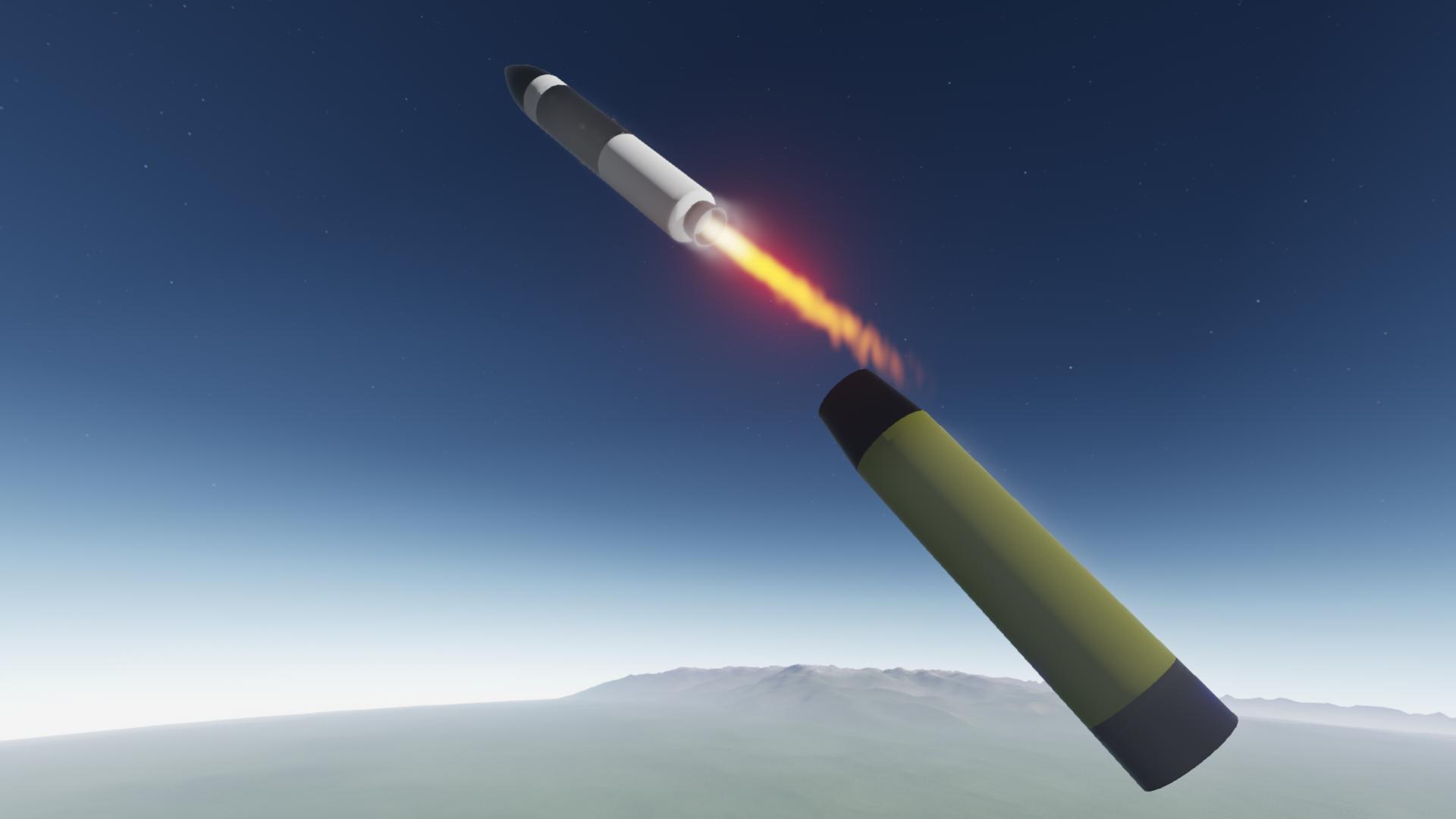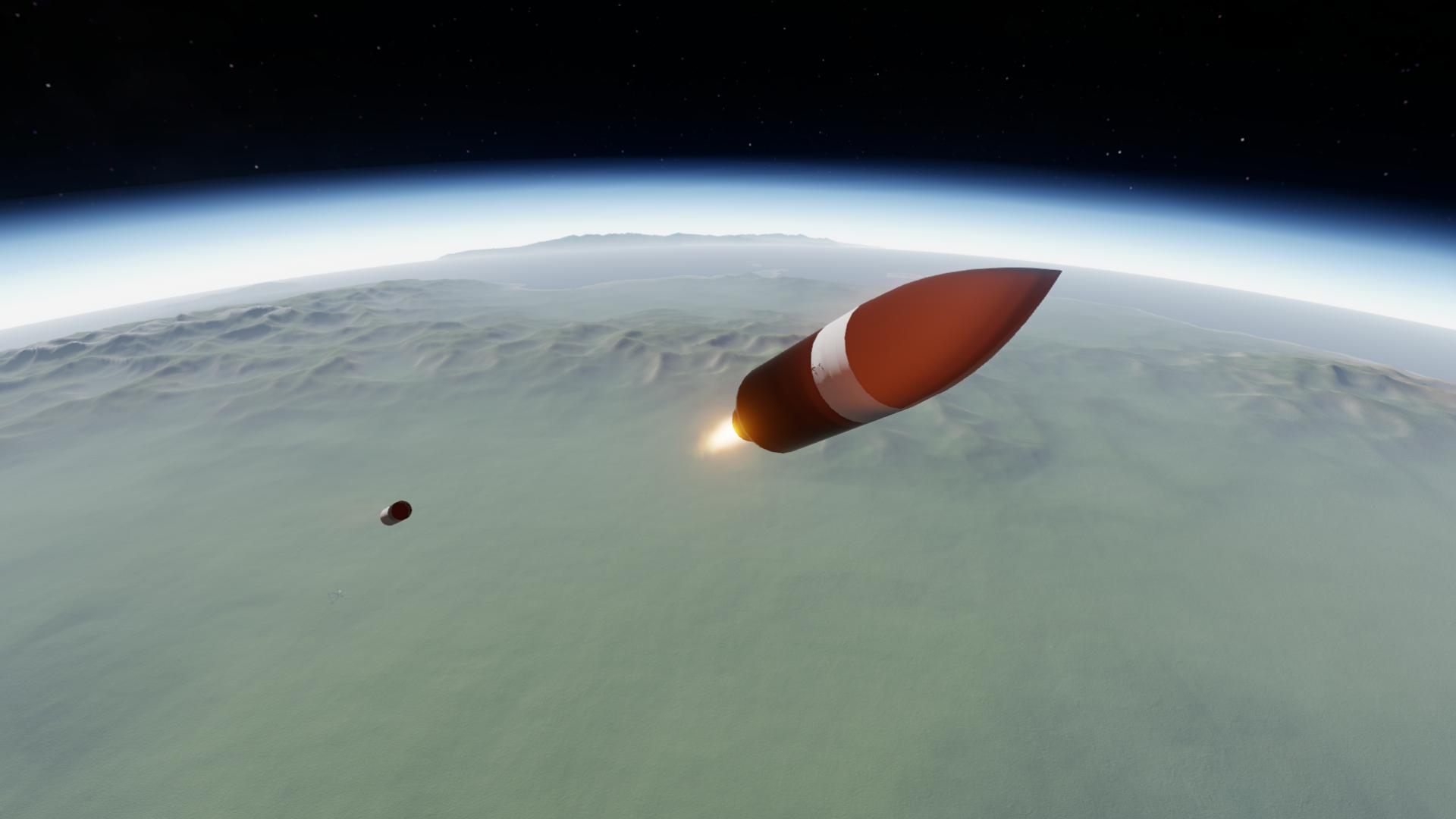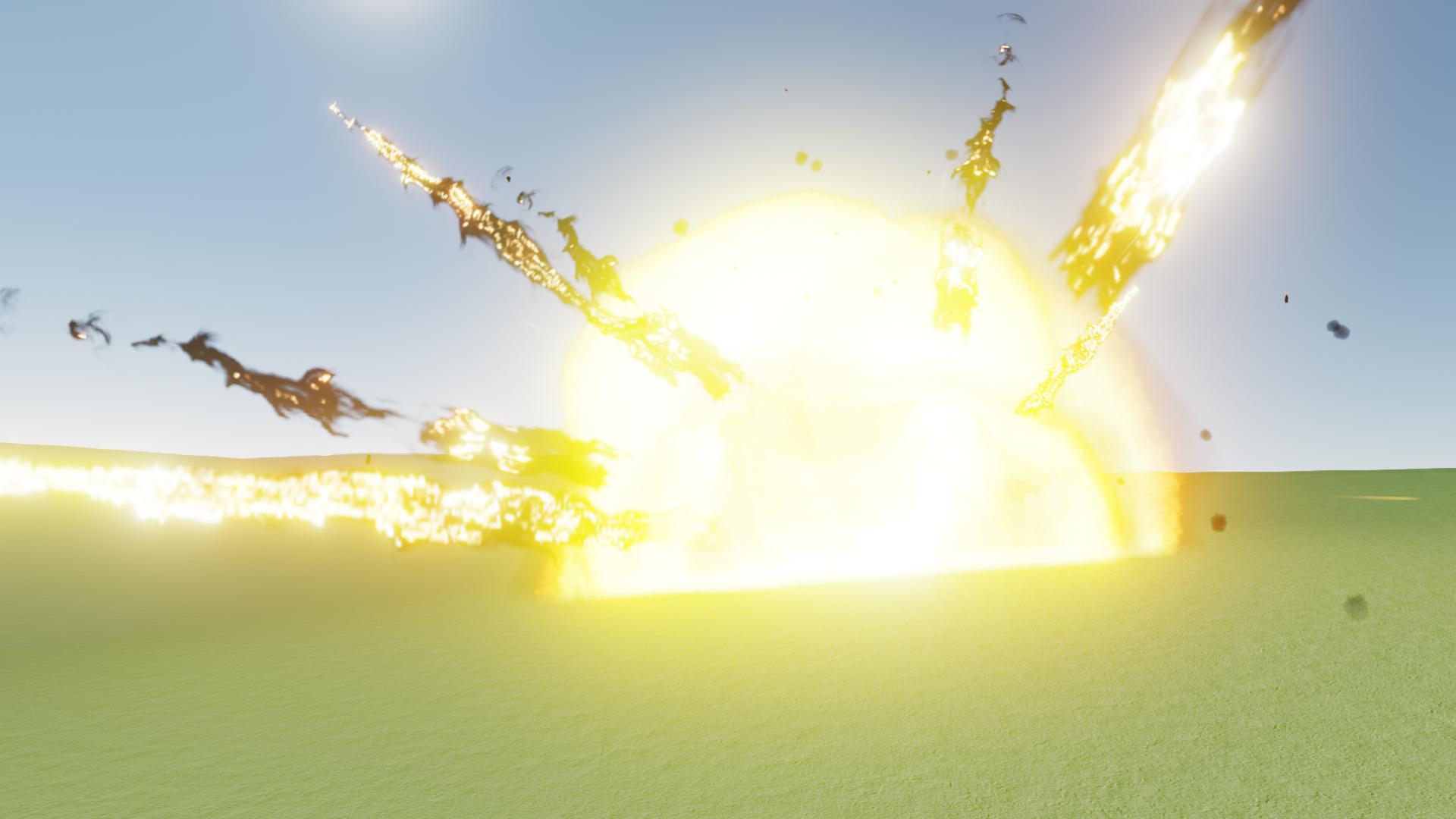Enjoy this highly detailed replica of the Minuteman-III ICBM.
Don't forget to upvote if you liked it.
Controls
Stage 1: Ignition of Stage 1 Motor
Stage 2: Seperation of Stage 1 Motor
Stage 3: Ignition of Stage 2 Motor
Stage 4: Seperation of Stage 2 Motor
Stage 5: Ignition of Stage 3 Motor
Stage 6: Seperation of Stage 3 Motor
Stage 7: Ignition of Post Boost Control Motor
Stage 8: Nose Fairing
Stage 9: Seperation of the Warhead
Description
The LGM-30G Minuteman-III program started in 1966, and included several improvements over the previous versions. It was first deployed in 1970. Most modifications related to the final stage and reentry system (RS). The final (third) stage was improved with a new fluid-injected motor, giving finer control than the previous four-nozzle system. Performance improvements realized in Minuteman-III include increased flexibility in reentry vehicle (RV) and penetration aids deployment, increased survivability after a nuclear attack, and increased payload capacity. The missile retains a gimballed inertial navigation system.
Minuteman-III originally contained the following distinguishing features:
-Armed with W62 warhead, having a yield of only 170 kilotons TNT, instead of previous W56's yield of 1.2 megatons.
-It was the first Multiple Independently Targetable Reentry Vehicles (MIRV) missile. A single missile was then able to target 3 separate locations. This was an improvement from the Minuteman-I and Minuteman-II models, which were only able to carry one large warhead.
-An RS capable of deploying, in addition to the warheads, penetration aids such as chaff and decoys.
-Minuteman-III introduced in the post-boost-stage ("bus") an additional liquid-fuel propulsion system rocket engine (PSRE) that is used to slightly adjust the trajectory. This enables it to dispense decoys or – with MIRV – dispense individual RVs to separate targets. For the PSRE it uses the bipropellant Rocketdyne RS-14 engine.
-The Hercules M57 third stage of Minuteman-I and Minuteman-II had thrust termination ports on the sides. These ports, when opened by detonation of shaped charges, reduced the chamber pressure so abruptly that the interior flame was blown out. This allowed a precisely timed termination of thrust for targeting accuracy. The larger Minuteman-III third-stage motor also has thrust termination ports although the final velocity is determined by PSRE.
-A fixed nozzle with a liquid injection thrust vector control (TVC) system on the new third-stage motor (similar to the second-stage Minuteman-II nozzle) additionally increased range.
-A flight computer (Autonetics D37D) with larger disk memory and enhanced capability.
-A Honeywell HDC-701 flight computer which employed non-destructive read out (NDRO) plated wire memory instead of rotating magnetic disk for primary storage was developed as a backup for the D37D, but was never adopted.
-The Guidance Replacement Program (GRP), initiated in 1993, replaced the disk-based D37D flight computer with a new one that uses radiation-resistant semiconductor RAM.
The existing Minuteman-III missiles have been further improved over the decades in service, with more than $7 billion spent in the last decade to upgrade the 450 missiles.
GENERAL INFO
- Created On: Windows
- Game Version: 0.6.5.0
- Price: $5,477k
- Number of Parts: 60
- Dimensions: 22 m x 2 m x 2 m
PERFORMANCE
- Total Delta V: 4.0km/s
- Total Thrust: 1.3MN
- Engines: 7
- Wet Mass: 28,422kg
- Dry Mass: 5,290kg
STAGES
| Stage | Engines | Delta V | Thrust | Burn | Mass |
|---|---|---|---|---|---|
| 1 | 4 | 1.3km/s | 1.0MN | 29s | 28,422kg |
| 3 | 1 | 1.0km/s | 250kN | 39s | 11,924kg |
| 5 | 1 | 1.3km/s | 50kN | 2.2m | 6,207kg |
| 7 | 1 | 287m/s | 25kN | 32s | 2,917kg |










@dude133 I think no